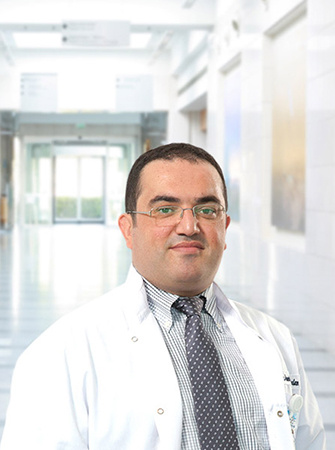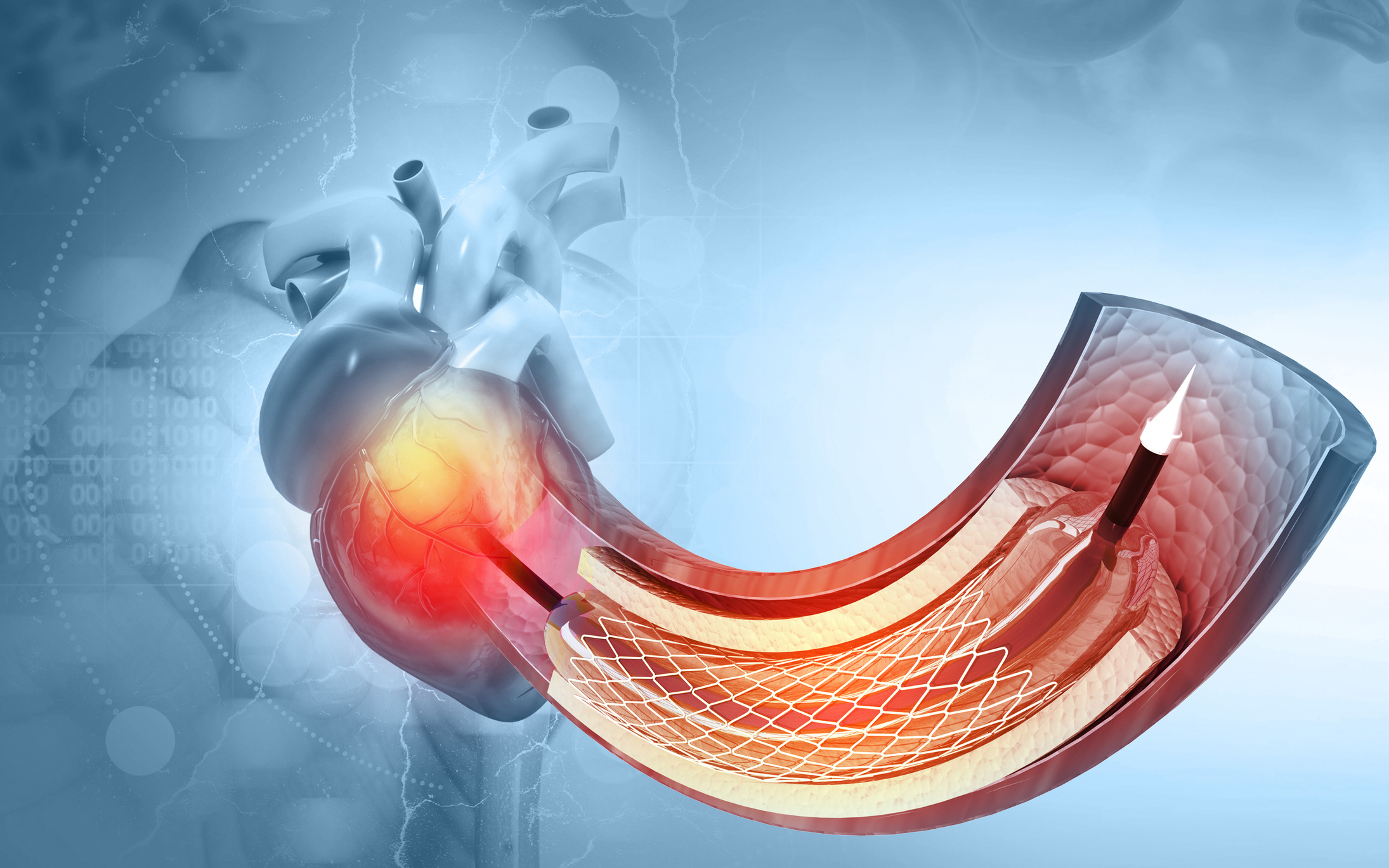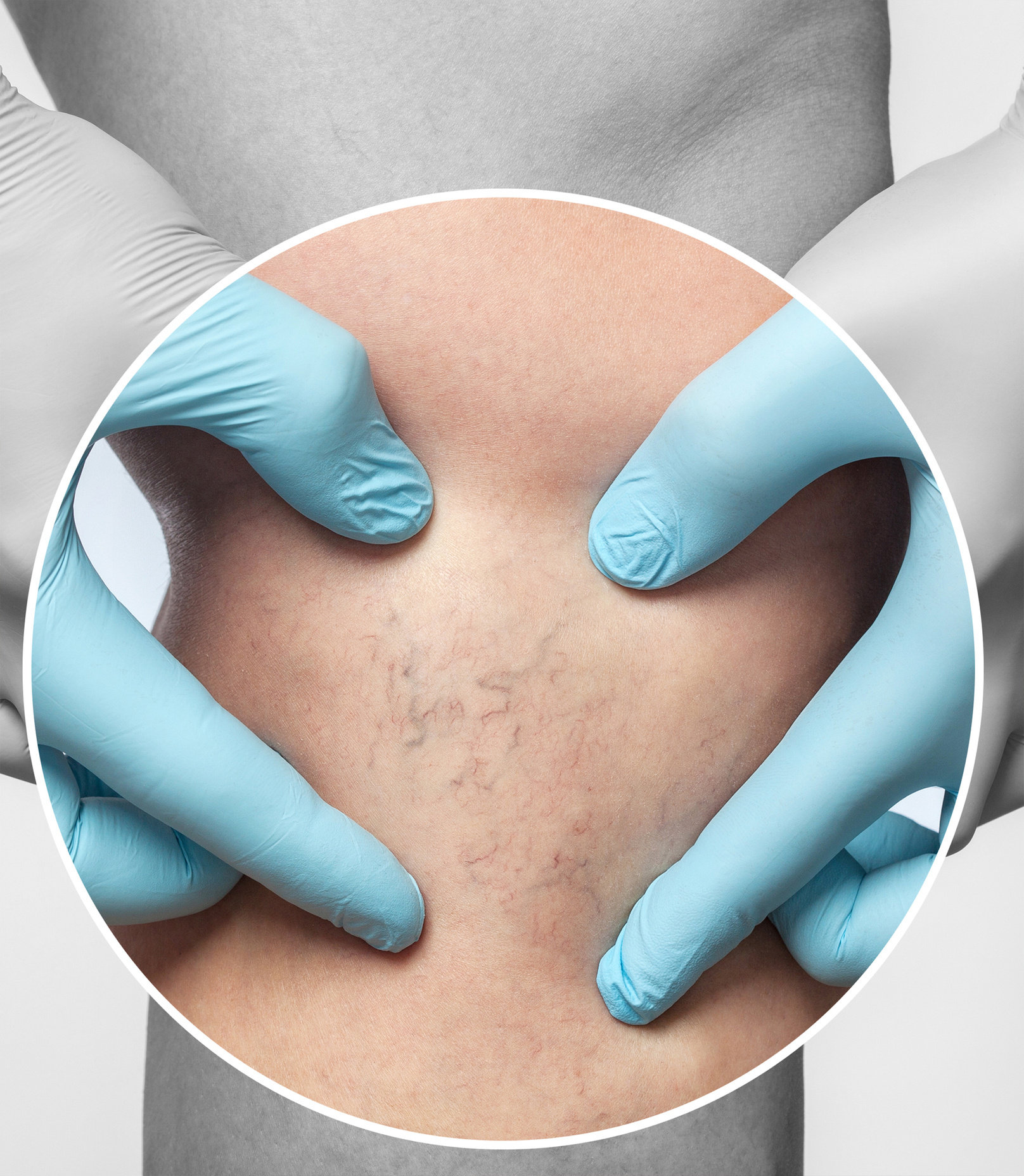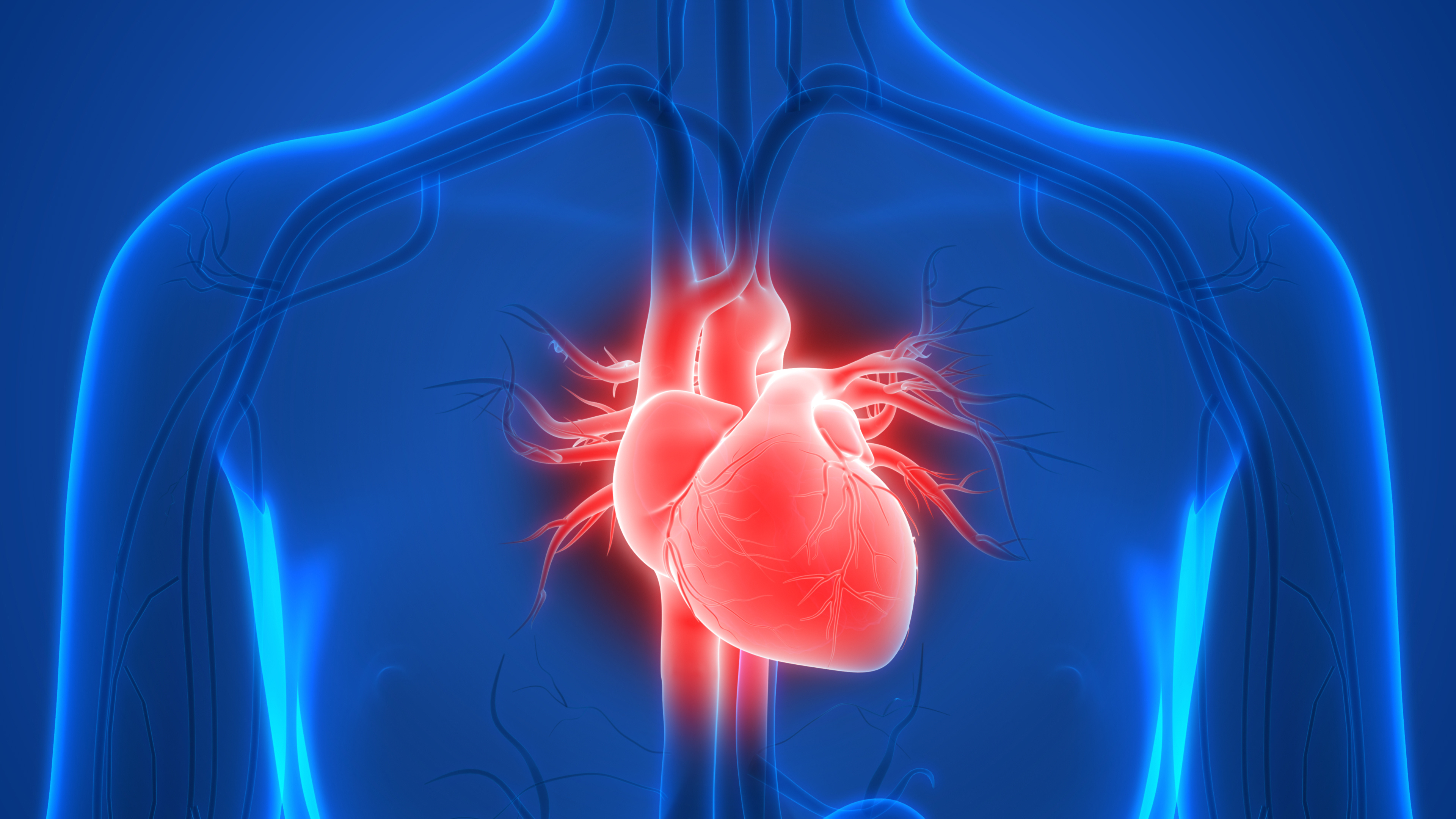
Ahmet Hulusi Arslan
Since 2009, he has been working as a cardiovascular surgeon at Anadolu Medical Center.
Speciality
- Congenital heart surgery
- Coronary heart surgery
- Valve surgery
Education
- Selçuk University Faculty of Medicine
- Başkent University Faculty of Medicine
Institutions Worked At
- Member of the Turkish Society of Cardiovascular Surgery
- 2 national and international publications
- 14 presentations
Featured Cancer Articles
- 6 Nutrition Tips for Those Who Fast
- What is Disease X (Virus X)?
- How Does Cancer Form?
- What is an Ovarian Cyst?
- What is Cervical Cancer?
- What Are the Symptoms and Treatment Methods of Testicular Cancer?
- Symptoms, Diagnosis, and Treatment Process of Bladder Cancer
- Liver Cancer
- What is Stomach Cancer? What are Its Symptoms and Treatment?
- Thyroid: What is it, Symptoms, Diagnosis, and Treatment





